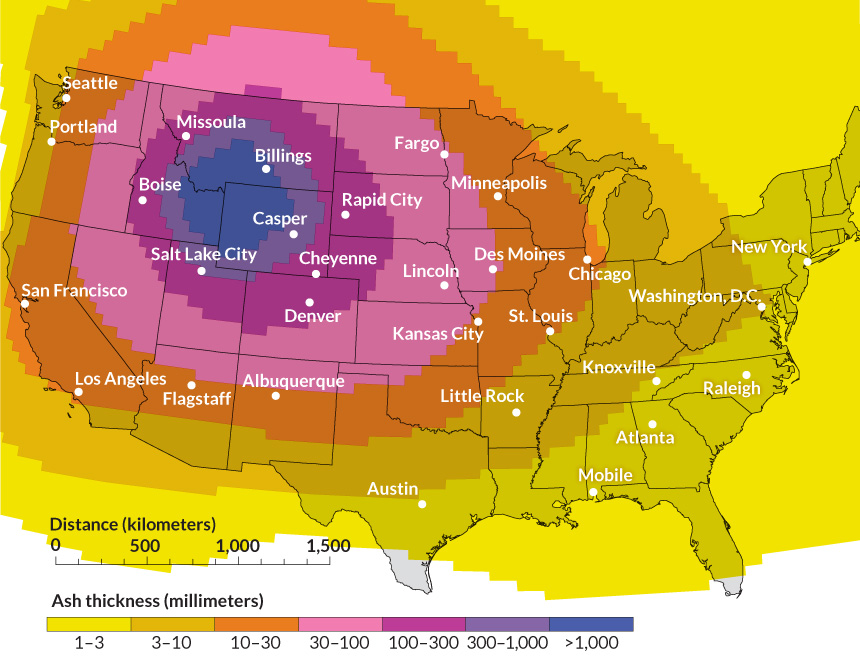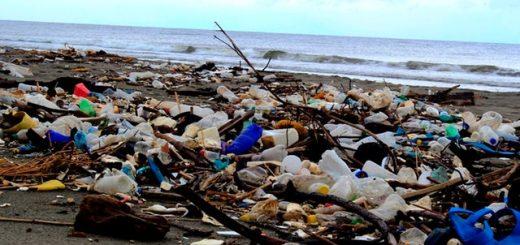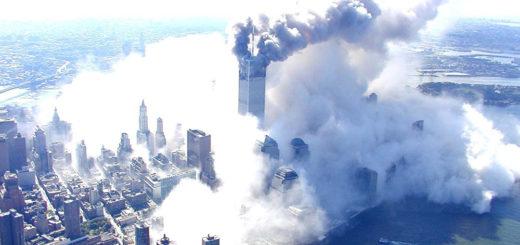Michio Kaku Believes Yellowstone Caldera Is About To Erupt

Q: What states would be destroyed if Yellowstone erupts?
A: All of them.
At least if it was a super-eruption.
The shockwaves, pyroclastic flows, lahars, lava bombs and lava flows will mostly be limited to Idaho, Montana and Wyoming.
And then there’s the ash.
USGS has modelled the ash fallout, and practically no state would be untouched but suffer from ash. So you could say goodbye to Idaho, Montana and Wyoming. Washington, Oregon, Nevada, Utah, Colorado, Nebraska, and North and South Dakota would not have happy times either and be smothered by ash. The rest of the US except the south and east coast would be heavily affected by ash, and the south and east coast would still be harmed.
Note in particular California and the breadbasket in the US Midwest. It’s covered in up to four inches of toxic ash, killing basically every crop there is. The result is that the production of meat, cereal and fruit basically stops. So the US will have to import food to avoid mass starvation and death.
However, the entire world would be affected by the ash as well, causing a global volcanic winter and destroy crops globally for years. Flights will be downed during this time, possibly made impossible at all. This may even be followed by even higher global warming when the sulphuric acid is washed out of the atmosphere. Oh, and don’t forget acid rains, possibly killing lakes and rivers, maybe even oceans.
Either way, this will cause a near-total collapse of the global economic system, which will be the only thing that can feed the US until it recovers. So nobody will be able to sell the grain that the US will need to feed itself during the recovery.
The result? Massive starvation and death in the US.
Not that the rest of the world is any better off. A supervolcano eruption is basically a gigadeath event, as in billions dead.
Geologists keep a close eye on Yellowstone and its volcanic activity. While it’s true that the caldera has experienced three major eruptions in the past 2.1 million years, it’s important to remember that these events are extremely rare. The United States Geological Survey (USGS) estimates the yearly odds of a Yellowstone super eruption at about 1 in 730,000. To put that into perspective, you’re more likely to get struck by lightning than to witness a Yellowstone super eruption in your lifetime. So, while it’s not impossible, it’s highly unlikely that we’ll see a massive eruption from Yellowstone anytime soon
, PhD Geology & Paleontology, University of Southern California (1998) and
, Master Geology, University of Tromsø (2005)Apr 7
What are the consequences of Yellowstone erupting? What is the likelihood of it happening in our lifetime?
In the immediate vicinity of the eruption, the effects would be catastrophic. Ash, rock, and other debris would blanket the surrounding area, potentially burying nearby towns and cities under several feet of ash. This would cause buildings to collapse, roads to become impassable, and communication networks to fail. The heat from the eruption could also ignite wildfires, which would further devastate the region.
Now, let’s zoom out a bit and consider the effects on a larger scale. The massive amounts of ash released into the atmosphere would spread across North America and possibly even around the world, depending on wind patterns. This ash would be really bad news for air travel, as it can clog jet engines and cause them to fail. You can bet that flights would be grounded, and airports closed for an extended period.
But that’s not all – the ash can also wreak havoc on agriculture. With ash covering crops and contaminating water sources, food production would take a serious hit. This could lead to food shortages, skyrocketing prices, and even famine in some areas.
Now, let’s go global. One of the most significant effects of a Yellowstone super eruption would be the impact on Earth’s climate. The eruption would release enormous amounts of sulfur dioxide into the atmosphere, which would form sulfate aerosols. These aerosols would reflect sunlight back into space, causing global temperatures to drop. This “volcanic winter” could last for several years and have far-reaching consequences for agriculture and ecosystems, potentially causing even more widespread food shortages.
Geologists keep a close eye on Yellowstone and its volcanic activity. While it’s true that the caldera has experienced three major eruptions in the past 2.1 million years, it’s important to remember that these events are extremely rare. The United States Geological Survey (USGS) estimates the yearly odds of a Yellowstone super eruption at about 1 in 730,000. To put that into perspective, you’re more likely to get struck by lightning than to witness a Yellowstone super eruption in your lifetime. So, while it’s not impossible, it’s highly unlikely that we’ll see a massive eruption from Yellowstone anytime soon.













